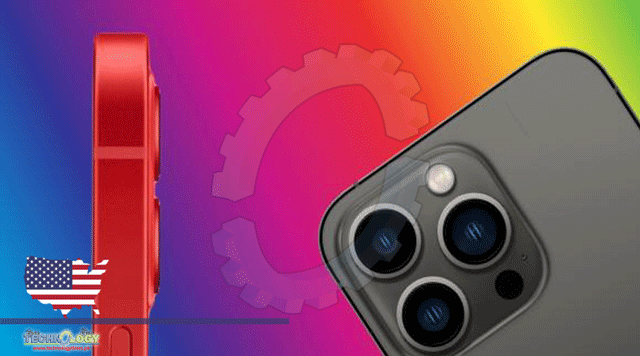People on their iPhone keep almost everything: family photos, movies, music libraries, you name it. That is why it is critical to ensure that you do not run out of space.

In 2021, Apple made it a little easier by increasing the iPhone 13’s default storage option from 64GB to 128GB. However, if you require more space or have a lower-capacity model. You should make the most of your iPhone’s storage space.
Investing in a cloud storage service such as Apple’s iCloud, Google Drive, Box, or Dropbox to offload some of your files is the best way to save local storage. However, there are a few settings you can change to ensure you’re making the best use of your iPhone’s storage capacity.
To optimise the storage on your iPhone, you must first understand what is taking up space on your device. Examine what’s eating up your storage space so you know where to begin. Go to Settings, General, and then iPhone Storage.
Select this option to see a breakdown of different types of files and media that are taking up space on your iPhone. Apple may make suggestions about how to free up space, such as reviewing videos stored on your device.
When it comes to taking up space on your iPhone, photos are on the top of the list. The iPhone’s settings menu includes an option that allows your device to save smaller photo files locally instead of the original versions if your device is running low on space. These high-resolution photos and videos, on the other hand, are stored in iCloud and can be downloaded as needed. Then, scroll down to Photos and make sure the Optimize iPhone Storage option has a blue checkmark next to it.
Saving Photos to a 3rd party Cloud service
The best way to free up space on your iPhone is to delete files that you don’t need to keep. However, this does not imply that you must reduce the size of your photo library. Instead of storing them on your device, try storing them in a third-party cloud storage service like Google Photos. It’s a quick way to free up a lot of storage space without having to give up old memories.This guide will walk you through the process of transferring your entire iCloud photo library to Google Photos, but keep in mind that the unlimited free storage option is no longer available.
You may be curious why you need to use a different cloud service when your photos are already stored in iCloud. That’s because deleting photos from your iPhone also delete them from iCloud, so if you want to delete images from your device, you’ll need to use another service.
Getting rid of apps you no longer use is another great way to clean up your iPhone. If you’re not sure where to begin, consider which apps you haven’t used in a long time. Open the Settings app on your iPhone, select General, and then iPhone Storage.
You’ll see a list of your apps, as well as how much space each app takes up and when you last used it. Scroll through the list and delete any apps you haven’t used in a long time.
You can offload an app instead of completely deleting it if you don’t want to delete it. Offloading it allows you to keep the documents. Data associated with that app, allowing you to reinstall it at any time and quickly resume where you left off. Return to the preceding list by opening Settings, selecting General, and then select iPhone Storage. Select Offload App from any app in the list. You can also set your iPhone to do this automatically by going to Settings, selecting App Store.
It’s possible that your iPhone’s storage is being clogged by more than just photos, videos, and apps. Getting rid of old text messages can also be beneficial. You can configure your iPhone to delete your message history automatically by going to Settings, selecting Messages, and then tapping the Keep Messages option under Message History. Choose whether you want your iPhone to keep text messages for 30 days, a year, or forever.
You most likely have videos and music stored offline in multiple apps on your phone, and thankfully, there’s an easy way to find and delete those files. Go to Settings, General, and then iPhone Storage. Look for an app from which you’ve downloaded offline content, such as Netflix. The app’s storage information, such as its size, will then be displayed, along with buttons for deleting or offloading it.